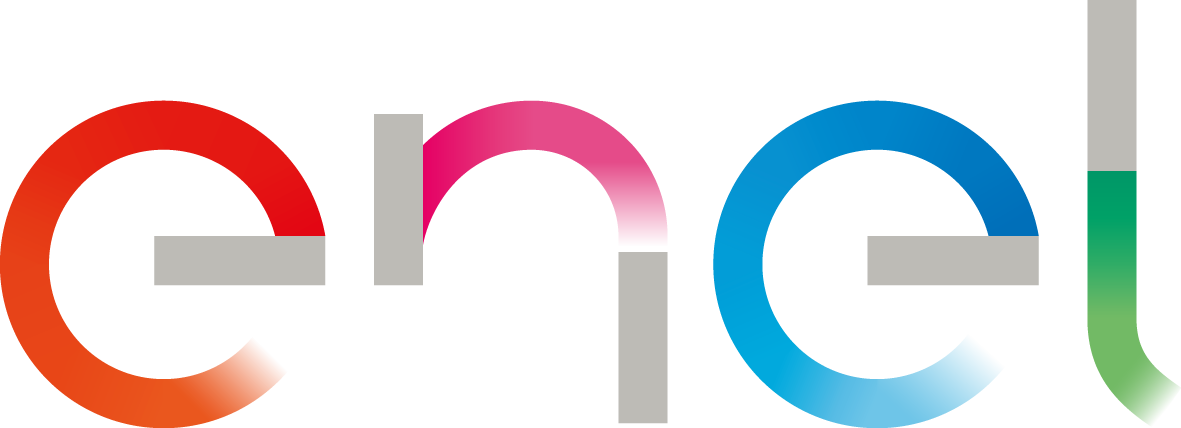Power is generated in plants such as Enel Generación El Chocón. However, there are many ways of generating power, depending on the supplies and resources we use, whether renewable or non-renewable.
But, what is the difference between renewable and non-renewable energy? Renewable resources are those which are not exhausted through use, such as wind (wind energy), sun (solar energy) and water (hydroelectric energy). On the contrary, non-renewable resources may only be used once as they exist in limited amounts, for example: gas, oil and coal (thermal energy).
Energy generated at power stations must reach every home that needs it. To this end, generated power goes to a substation that increases the voltage of the electric power and sends it through high voltage cables on the large transmission towers we can find along routes in our country.
When power gets close to cities, it is necessary to reduce voltage so that the electricity received adjusts to the requirements of transformer substations and continues its journey through the medium-voltage circuits. Now, power is distributed to each location through overhead or underground cables.
Once it reaches your neighbourhood, the voltage is reduced again in transformation centres to low voltage, so it can be used in your own house. Finally, power goes through a meter that measures the amount of energy you use.
This is how power is generated and delivered to your house so that you can enjoy all its benefits.

